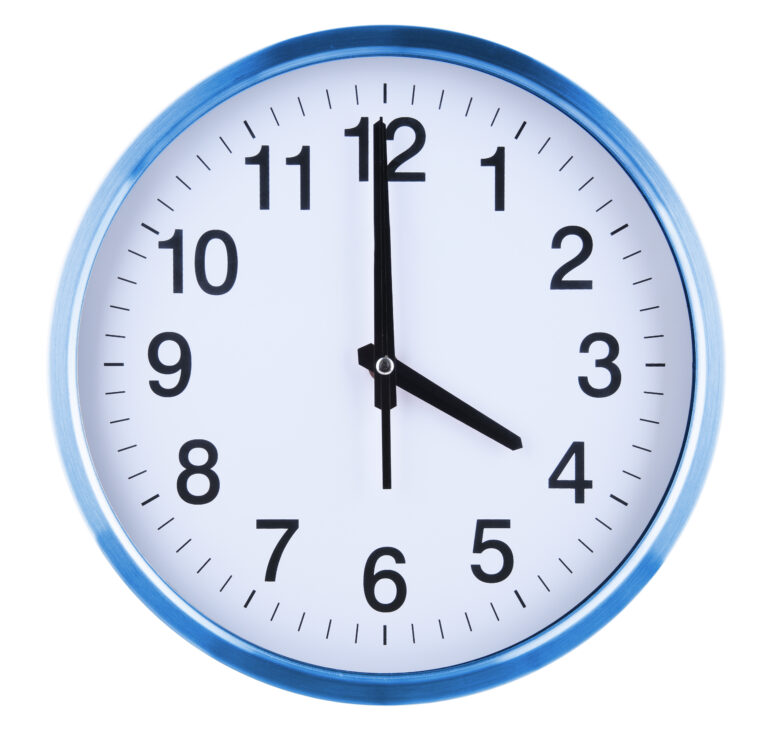### How Your Childhood Stamp Collection Trained Cultural Neural Networks
As we grow up, we often look back on our childhood hobbies with nostalgia. For many of us, collecting stamps was a favorite pastime. But did you know that this seemingly simple activity could have been training your brain in ways that are crucial for understanding complex cultural neural networks?
### The Power of Pattern Recognition
Collecting stamps involves recognizing patterns. Each stamp has its own unique design, colors, and symbols. As you collected more stamps, you began to notice similarities and differences between them. This ability to recognize patterns is a fundamental skill that neural networks, both human and artificial, rely on.
### Cultural Neural Networks
Cultural neural networks refer to the complex systems in our brains that help us understand and process cultural information. This includes everything from language and customs to art and traditions. These networks are made up of interconnected neurons that work together to recognize patterns and make connections between different pieces of information.
### How Stamping Trains Neural Networks
When you collected stamps, you were training your brain to recognize patterns in a very specific way. Here are a few ways this training can be linked to cultural neural networks:
1. **Attention to Detail**: Collecting stamps requires paying close attention to small details like the design, colors, and symbols on each stamp. This attention to detail is a skill that is also essential for understanding cultural nuances. For example, recognizing subtle differences in facial expressions or understanding the intricacies of a traditional dance.
2. **Pattern Recognition**: As mentioned earlier, recognizing patterns is a key skill for both stamp collecting and cultural understanding. In stamp collecting, you learned to identify specific patterns like the shape of a country or the theme of a series. Similarly, in cultural contexts, recognizing patterns in behavior or customs helps you understand social norms and traditions.
3. **Memory and Organization**: Keeping track of your stamp collection required organizing and remembering the details of each stamp. This exercise in memory and organization is also crucial for cultural neural networks. For instance, remembering historical events or understanding the evolution of cultural practices over time.
4. **Contextual Understanding**: Each stamp has its own context—whether it’s a historical event, a cultural tradition, or a geographical location. Learning to understand the context of each stamp helps you develop a deeper appreciation for the broader cultural landscape. This contextual understanding is vital for navigating complex social situations and appreciating diverse cultural practices.
### Conclusion
While collecting stamps might seem like a simple childhood hobby, it was actually training your brain in essential skills that are fundamental to understanding cultural neural networks. The attention to detail, pattern recognition, memory, and contextual understanding you developed through stamp collecting are all critical components of how we process and understand cultural information.
So the next time you look at your old stamp collection, remember that it was more than just a fun activity—it was a way of training your brain to be more culturally aware and adept at recognizing patterns in the world around you.





